Chinese symbols carry deep cultural meanings that have been passed down through generations.
These beautiful characters and images represent values, hopes, and beliefs that remain important in Chinese society today.
From celebrations to everyday objects, these symbols appear everywhere in China, telling stories without words.
1. Dragon (龙 – lóng): The Celestial Guardian
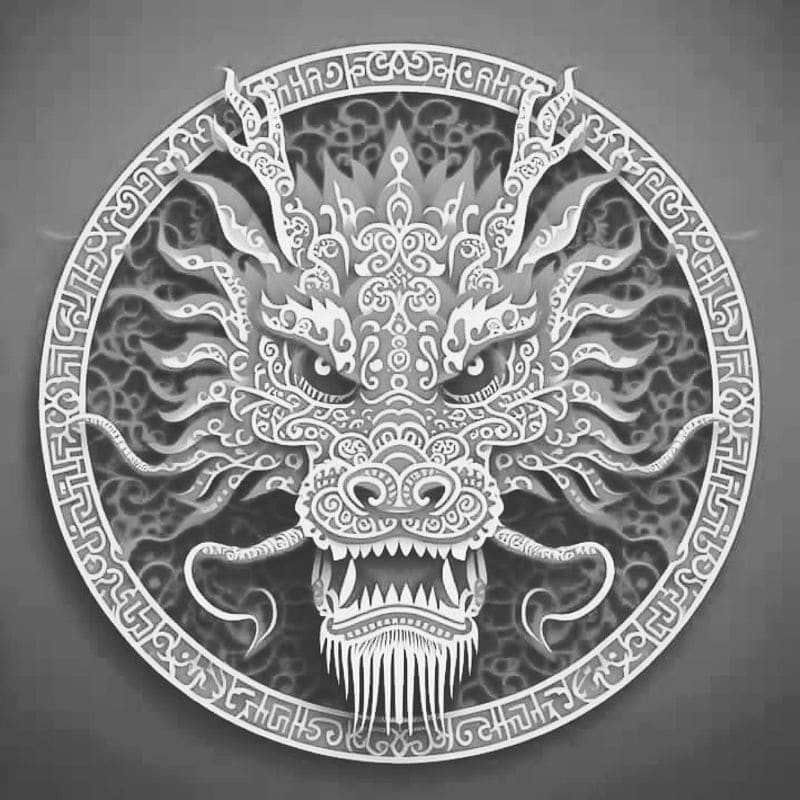
Unlike Western dragons, the Chinese dragon brings good fortune and prosperity. This majestic creature controls water, rain, and floods, making it essential for agricultural success in ancient China.
Imperial families claimed dragon lineage, with emperors sitting on dragon thrones and wearing dragon robes. Even today, children born in the Year of the Dragon are considered especially lucky and blessed.
The five-clawed dragon was exclusively for emperors, while nobles could only use four-clawed versions. During Chinese New Year celebrations, dragon dances remain one of the most spectacular traditions, believed to chase away evil spirits.
2. Phoenix (凤凰 – fènghuáng): The Immortal Bird
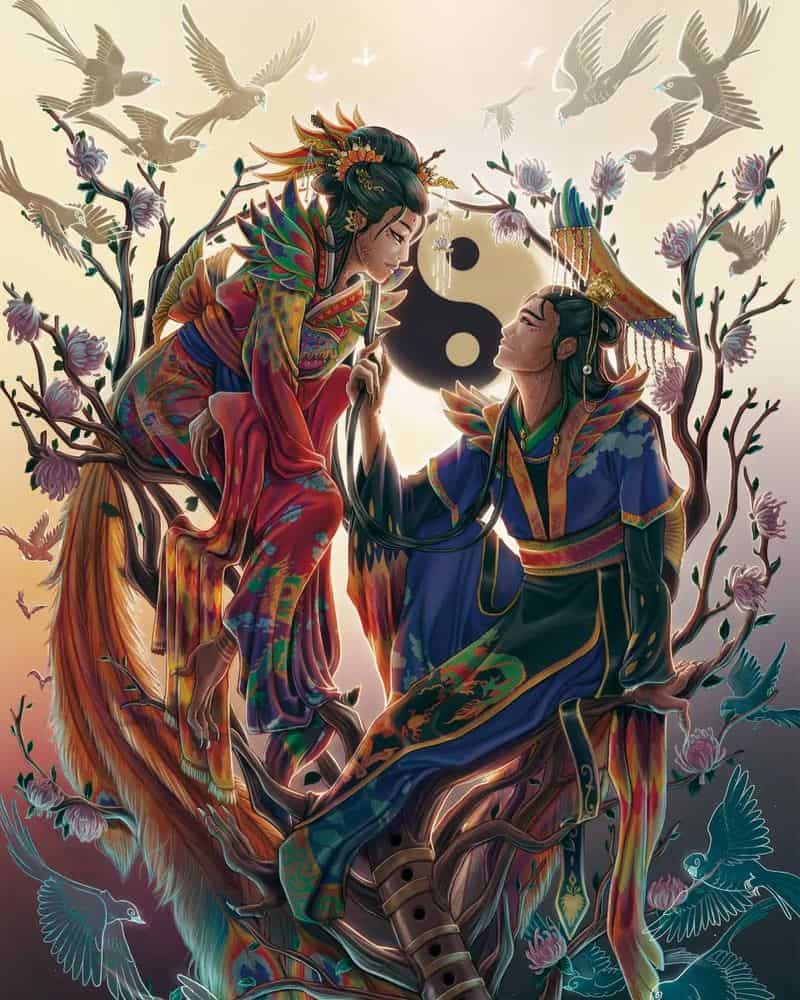
Graceful and radiant, the Chinese phoenix represents feminine energy and the empress. Often paired with the dragon, these two creatures symbolize the perfect marriage between yin and yang energies.
The phoenix embodies the five virtues: benevolence, righteousness, propriety, wisdom, and sincerity. Its body parts represent different elements: the head symbolizes the sky, wings represent wind, back portrays planets, and tail signifies seasons.
When this magnificent bird appears, it heralds a new era of peace and prosperity. Ancient Chinese believed the phoenix only revealed itself during times of harmony, making it a powerful symbol of hope.
3. Lotus Flower (荷花 – hé huā): Beauty From Mud
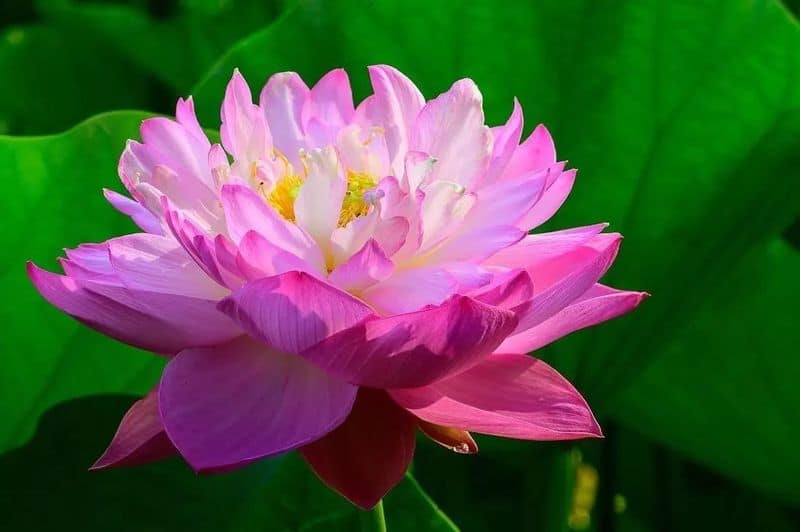
Rising from murky waters yet remaining spotless, the lotus flower perfectly captures the Buddhist concept of purity amid life’s challenges. Each stage of its growth holds significance—from closed bud representing potential to full bloom symbolizing enlightenment.
Buddhist deities often appear seated on lotus thrones, highlighting the flower’s sacred status. The eight petals of the lotus represent the Eightfold Path to enlightenment, a core teaching in Buddhism.
In summer, lotus ponds across China burst with pink and white blooms, drawing visitors who admire not just their beauty but their symbolic meaning. Every part of this remarkable plant serves a purpose—seeds, stems, and roots are all used in traditional Chinese medicine and cuisine.
4. Bamboo (竹 – zhú): Resilient and Upright
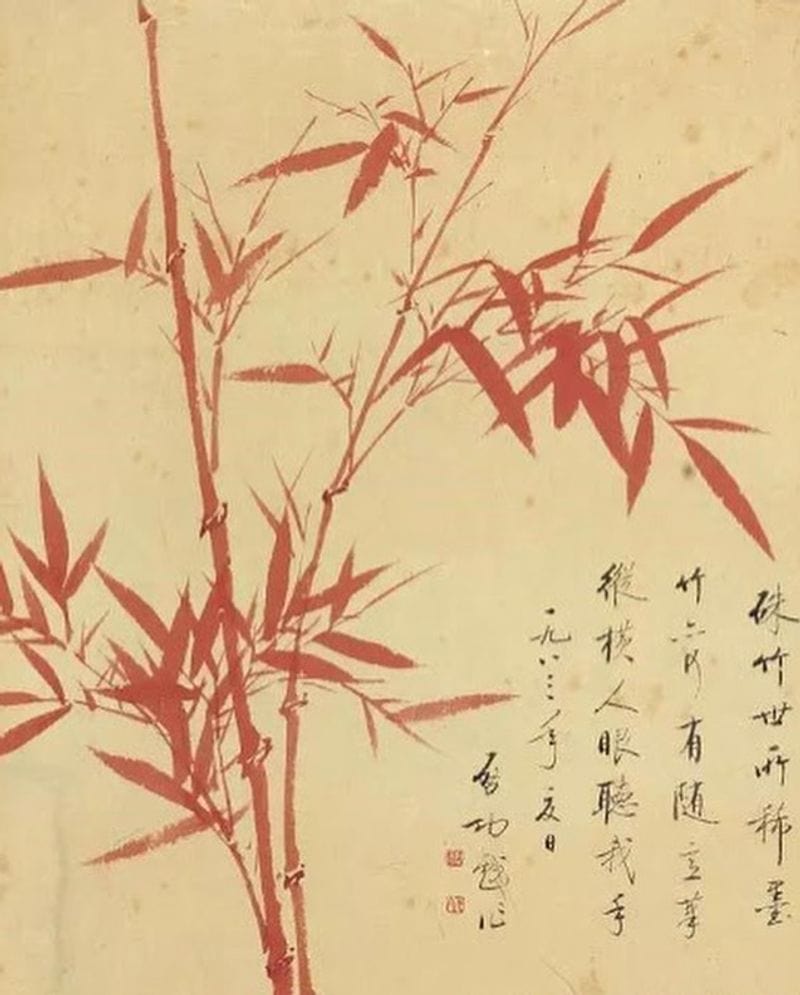
Tall and straight yet flexible in strong winds, bamboo embodies the ideal character traits valued in Chinese culture. Its hollow stem represents humility and open-mindedness, while its segmented growth symbolizes steady progress through life’s journey.
Alongside plum blossoms, orchids, and chrysanthemums, bamboo forms the ‘Four Gentlemen’ in Chinese painting—each representing a season and specific virtues. Artists have depicted bamboo for centuries, using it to express integrity and resilience during difficult times.
Bamboo’s practical uses match its symbolic importance. From building materials to paper production and culinary applications, this versatile plant serves countless purposes in daily life. Young bamboo shoots remain a delicacy in Chinese cuisine, representing the renewal of spring.
5. Double Happiness (囍 – shuāngxǐ): Twice the Joy
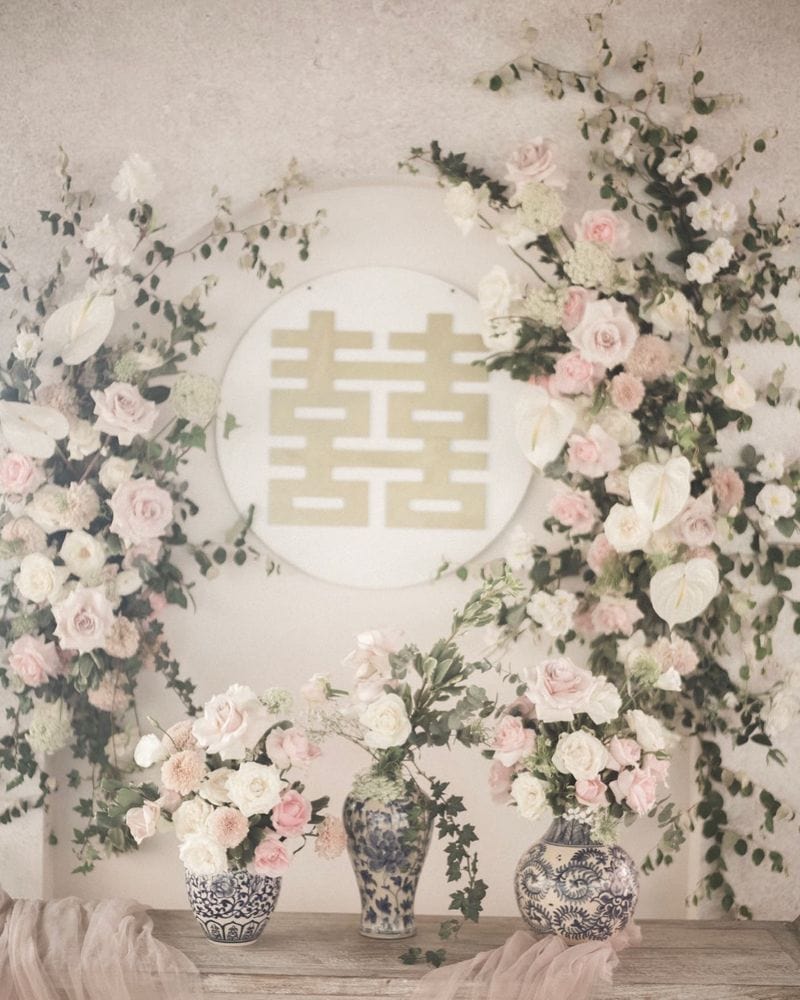
Created by combining two identical ‘happiness’ characters, this vibrant red symbol captures the essence of wedding celebrations. Legend tells of a student who, after passing imperial exams, returned home to find his beloved was to marry another—until the other groom mysteriously died!
The delighted couple received a pair of scrolls with ‘happiness’ written on each, which they displayed side by side. Modern Chinese weddings feature this symbol everywhere—from invitations to decorations and gifts, always in lucky red.
Double Happiness appears on wedding cakes, bedding sets, and even jewelry exchanged between newlyweds. Gift envelopes bearing this symbol contain money in even amounts, as even numbers represent good fortune for couples beginning their journey together.
6. Yin and Yang (阴阳 – yīn yáng): Perfect Balance

That famous black and white swirling circle captures an ancient Chinese understanding of how opposite forces actually complement each other.
The small dots of opposite color within each half remind us that nothing is absolute—within darkness exists light, and within light exists darkness. Yin represents feminine energy, the moon, darkness, passivity, and cold. Yang embodies masculine energy, the sun, brightness, activity, and warmth.
Chinese medicine, martial arts, and feng shui all apply this concept to create harmony. The continuous curve between the two halves shows the constant flow and transformation between these forces.
Rather than fighting against opposites, Chinese philosophy teaches embracing both aspects to achieve balance in life, health, and relationships.
7. Fu Character (福 – fú): Happiness Arrives
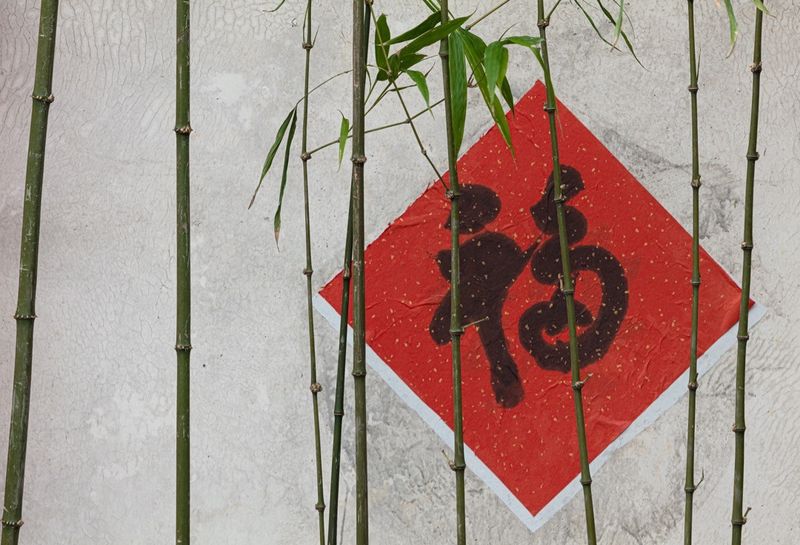
Walk into any Chinese home during Spring Festival and you’ll spot this character displayed prominently—often upside down!
This clever visual pun works because ‘upside down’ (dào) sounds like ‘arrived’ in Chinese, so an inverted Fu means ‘happiness has arrived.’ The character itself combines elements representing a person with abundance and blessings from heaven.
Calligraphers take special care when writing this auspicious symbol, as its balanced form represents the harmony everyone hopes to achieve. Red paper cuttings of Fu adorn doors and windows as protective talismans.
During Chinese New Year, children receive red envelopes with money called ‘hongbao,’ often decorated with this character, symbolizing good fortune being passed to the next generation.
8. Peach (桃 – táo): Fruit of Immortality
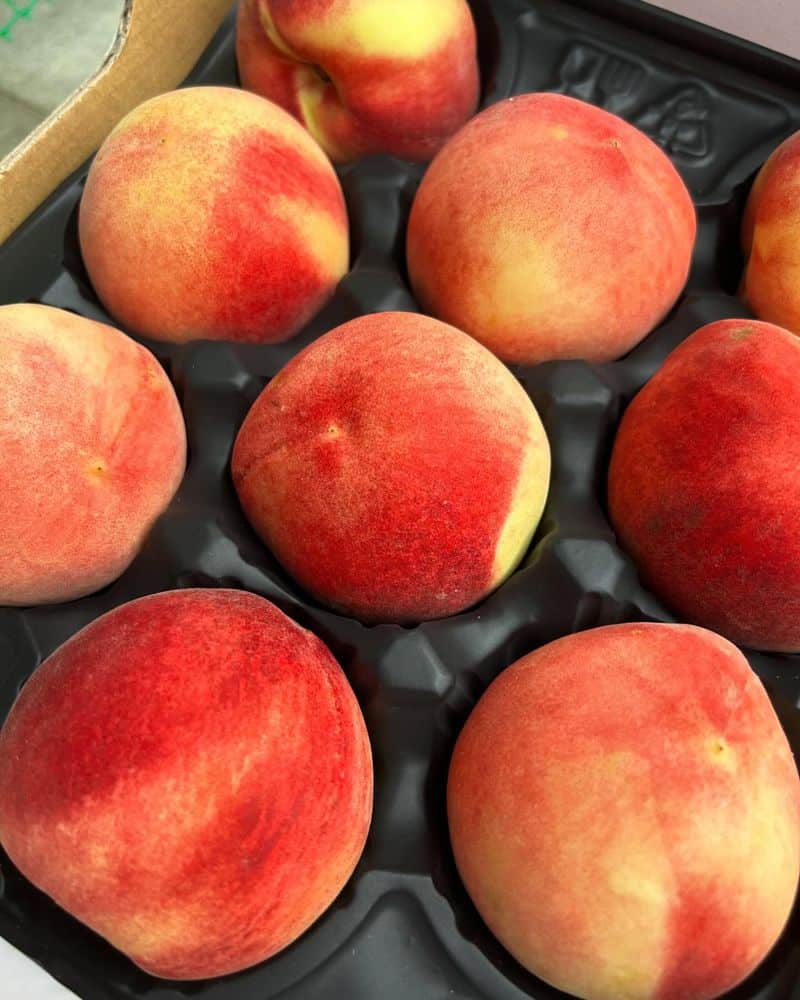
Juicy and sweet, the humble peach holds extraordinary symbolic power in Chinese culture as the fruit of immortality. According to legend, the Queen Mother of the West grew magical peaches in her garden that ripened only once every 3,000 years, granting eternal life to anyone who ate them.
Peach blossoms represent romance, prosperity, and the arrival of spring. Young couples often exchange peach blossom gifts as tokens of affection and hope for a fruitful relationship. Wooden peach carvings make popular birthday gifts for elders, expressing wishes for their longevity.
The Peach Blossom Festival remains one of China’s most beautiful spring celebrations, when hillsides covered in pink blooms draw visitors seeking both natural beauty and symbolic blessings.
9. Panda (熊猫 – xióng māo): National Treasure
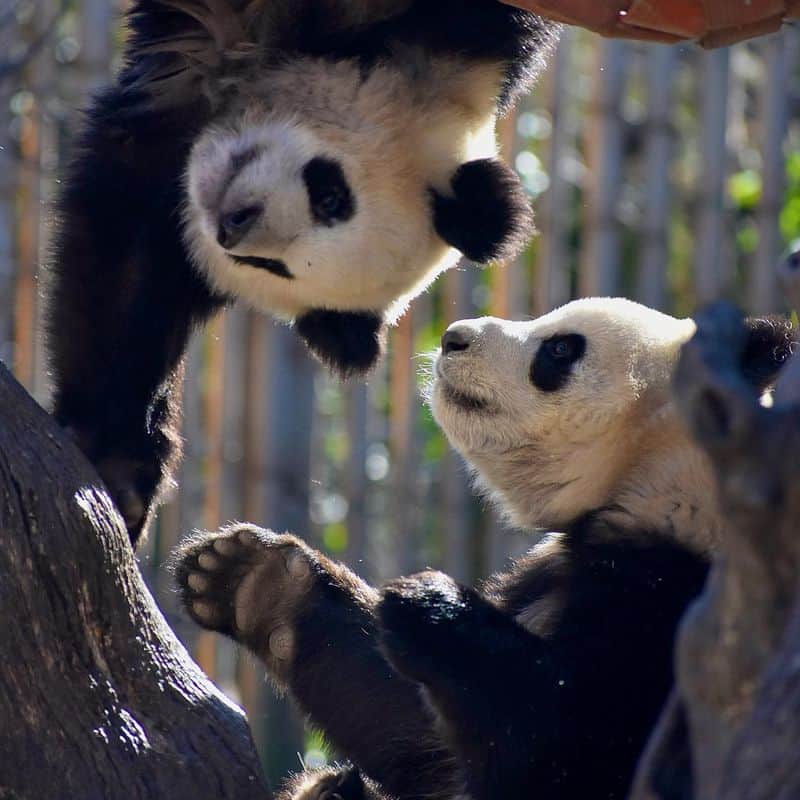
With distinctive black and white markings resembling ancient Chinese yin-yang symbolism, the giant panda represents harmony with nature. These beloved creatures have become China’s unofficial ambassadors, capturing hearts worldwide with their playful bamboo-munching antics.
Ancient Chinese believed pandas had magical powers that could ward off natural disasters and evil spirits. Their black eye patches were thought to form from tears shed for shepherdesses who died protecting their animals from predators.
Beyond being adorable, pandas serve as powerful conservation symbols. China’s panda diplomacy—the practice of gifting or loaning these rare animals to other nations—has played a fascinating role in international relations since the 1940s.
The panda’s image appears on China’s gold coins, making it literally valuable as well as culturally precious.
10. Magpie (喜鹊 – xǐ què): Herald of Good News
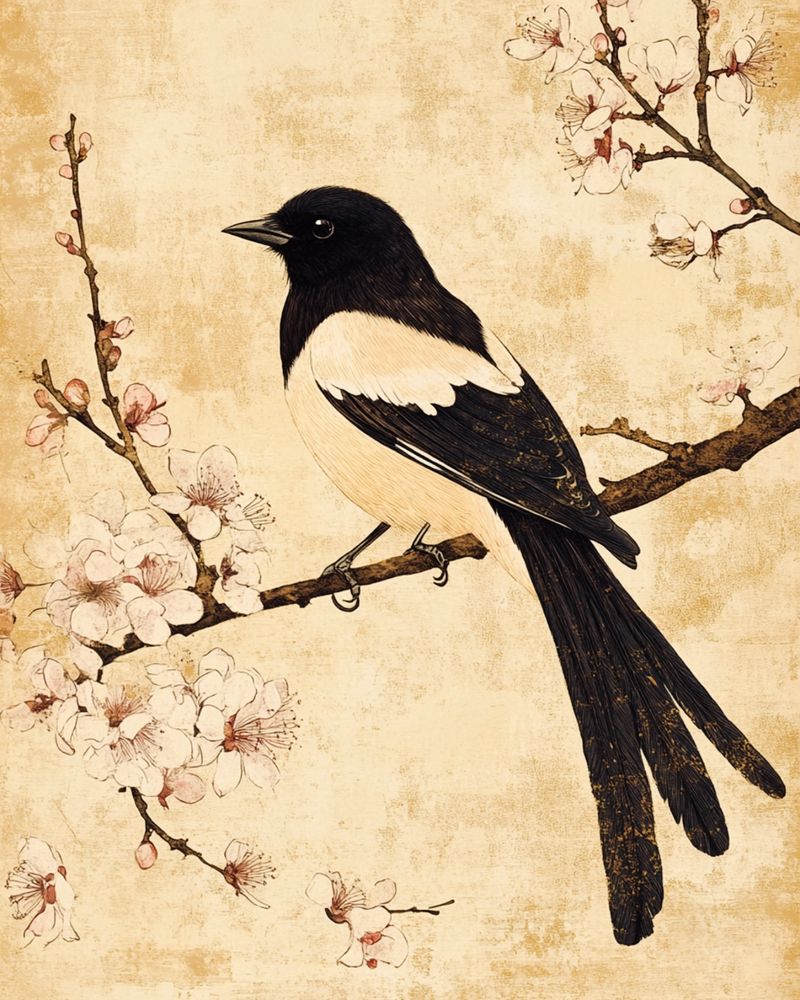
Hear a magpie’s morning call? Get ready for good news! These black and white birds hold special status in Chinese folklore as messengers of joy and good fortune. Their distinctive chattering sound is considered music to the ears of those awaiting positive developments.
The ‘Double Magpie’ painting theme symbolizes ‘double happiness’ and often appears as wedding gifts. According to a beautiful legend, magpies formed a bridge across the Milky Way so two separated lovers—the cowherd and weaver girl—could meet once a year on the seventh day of the seventh lunar month.
Farmers welcome magpies nesting near their homes as signs of coming prosperity. Unlike Western superstitions about these birds, Chinese culture has always celebrated the magpie as an auspicious creature bringing joy, good luck, and marital happiness.

